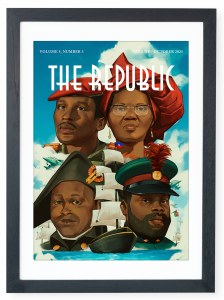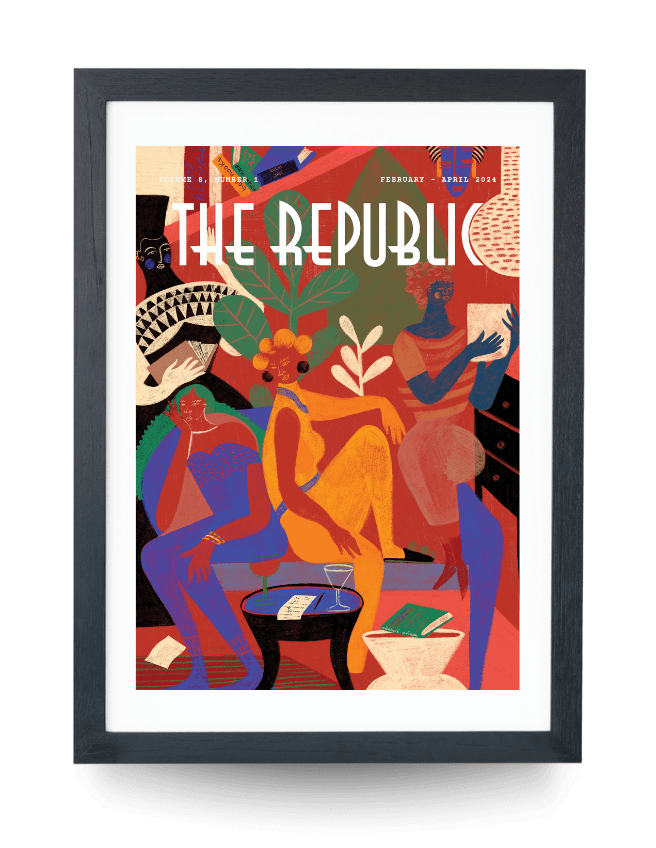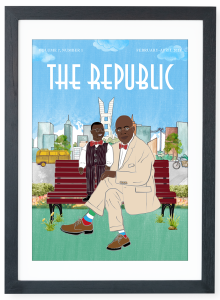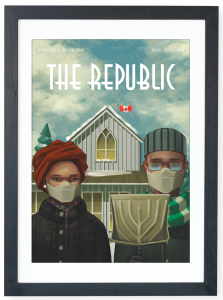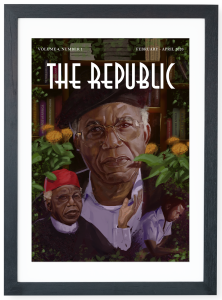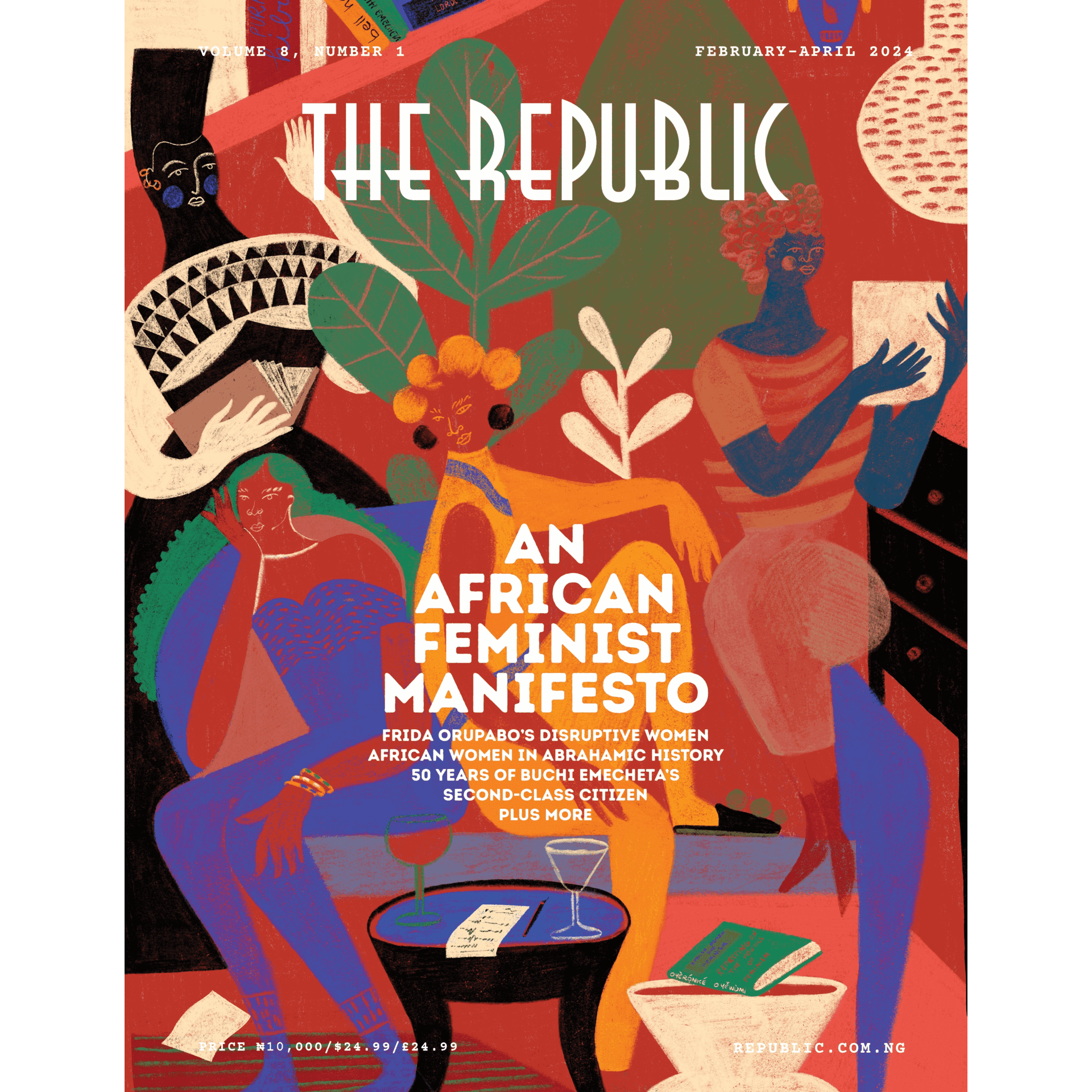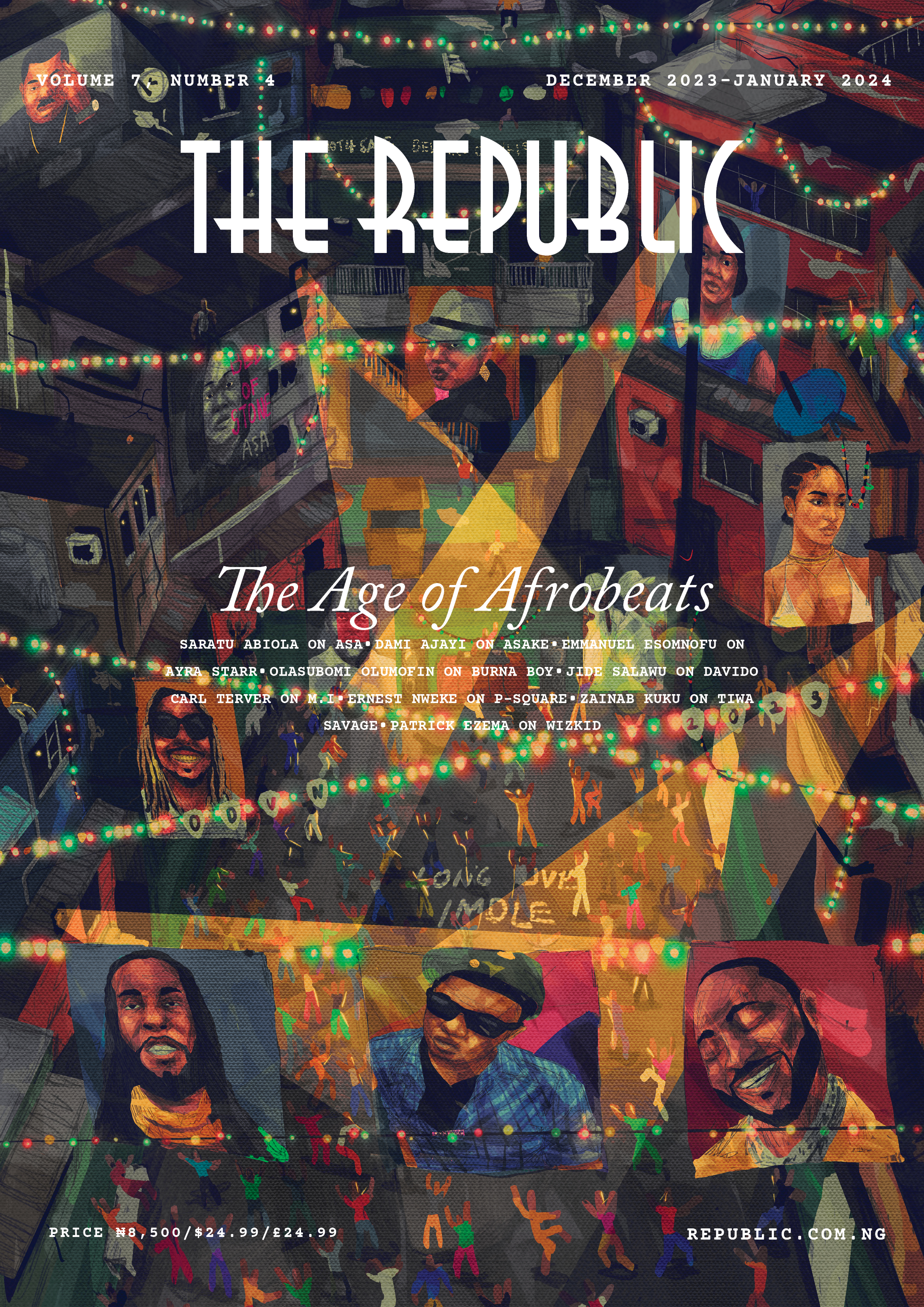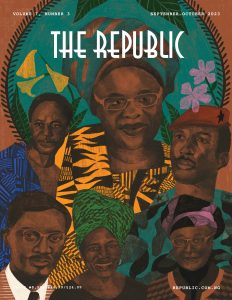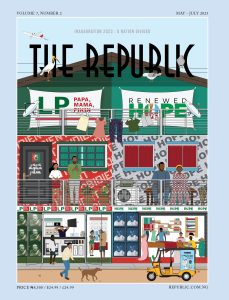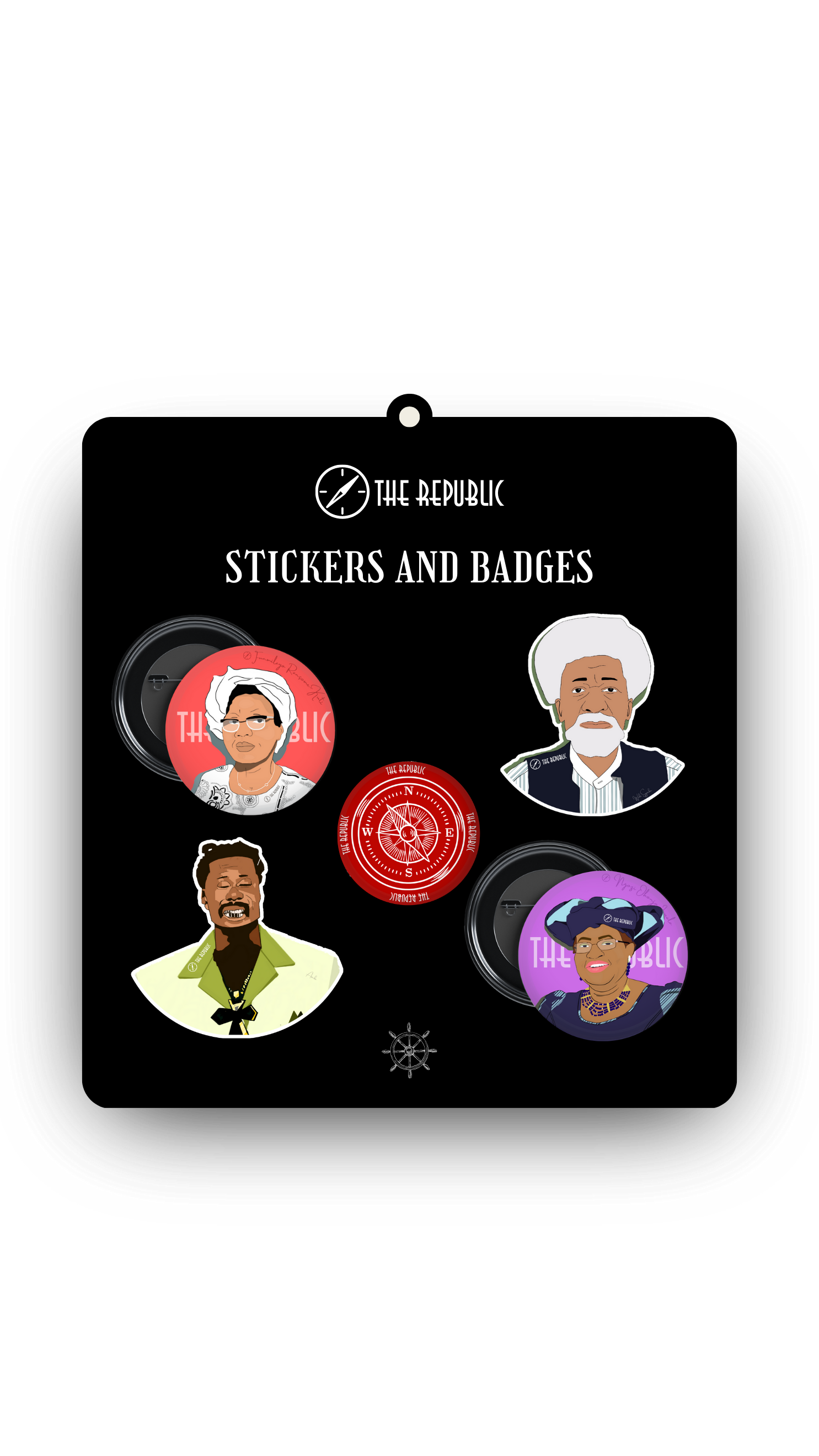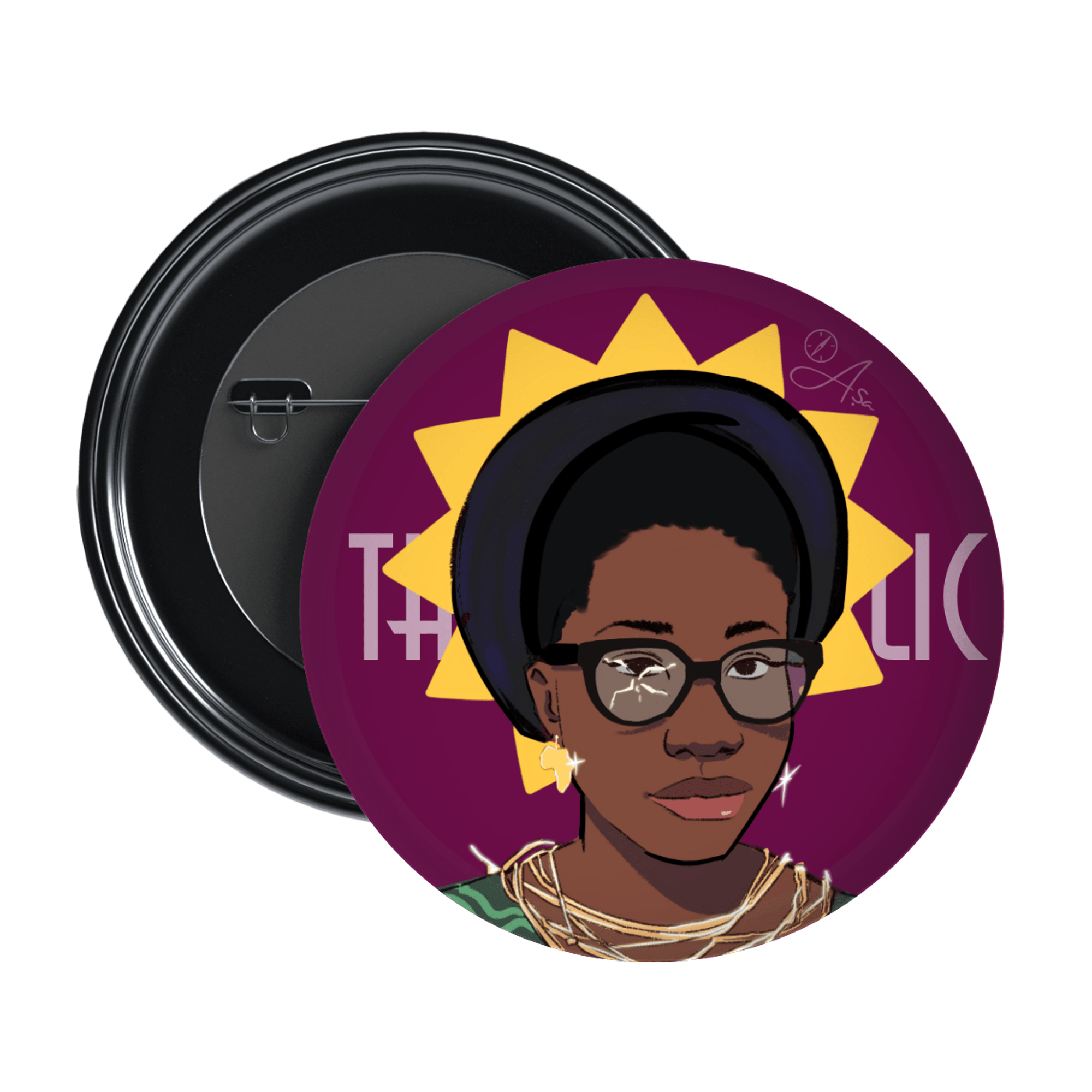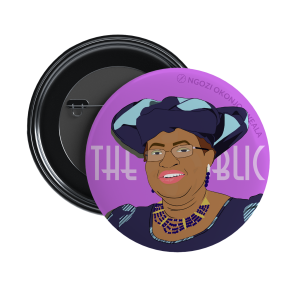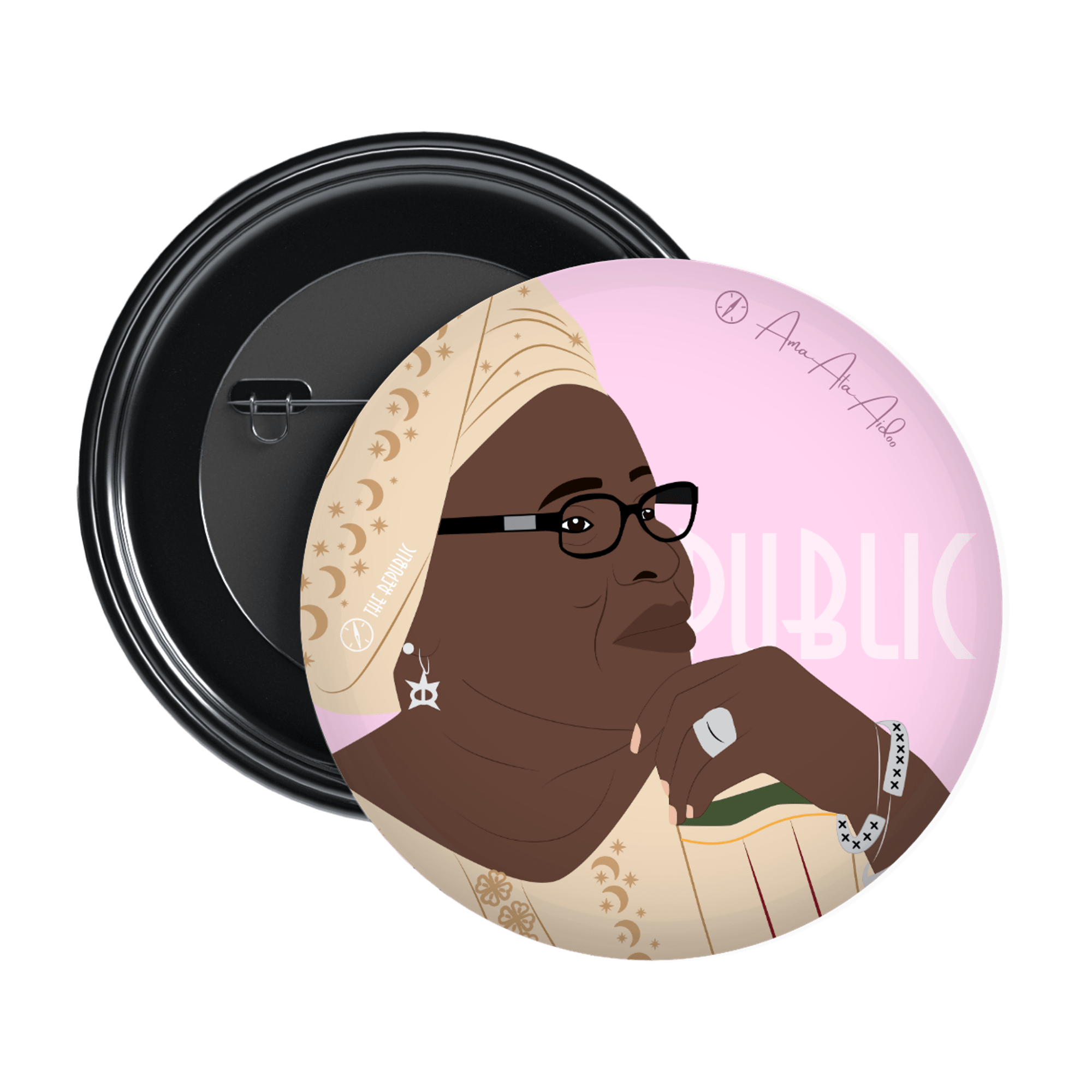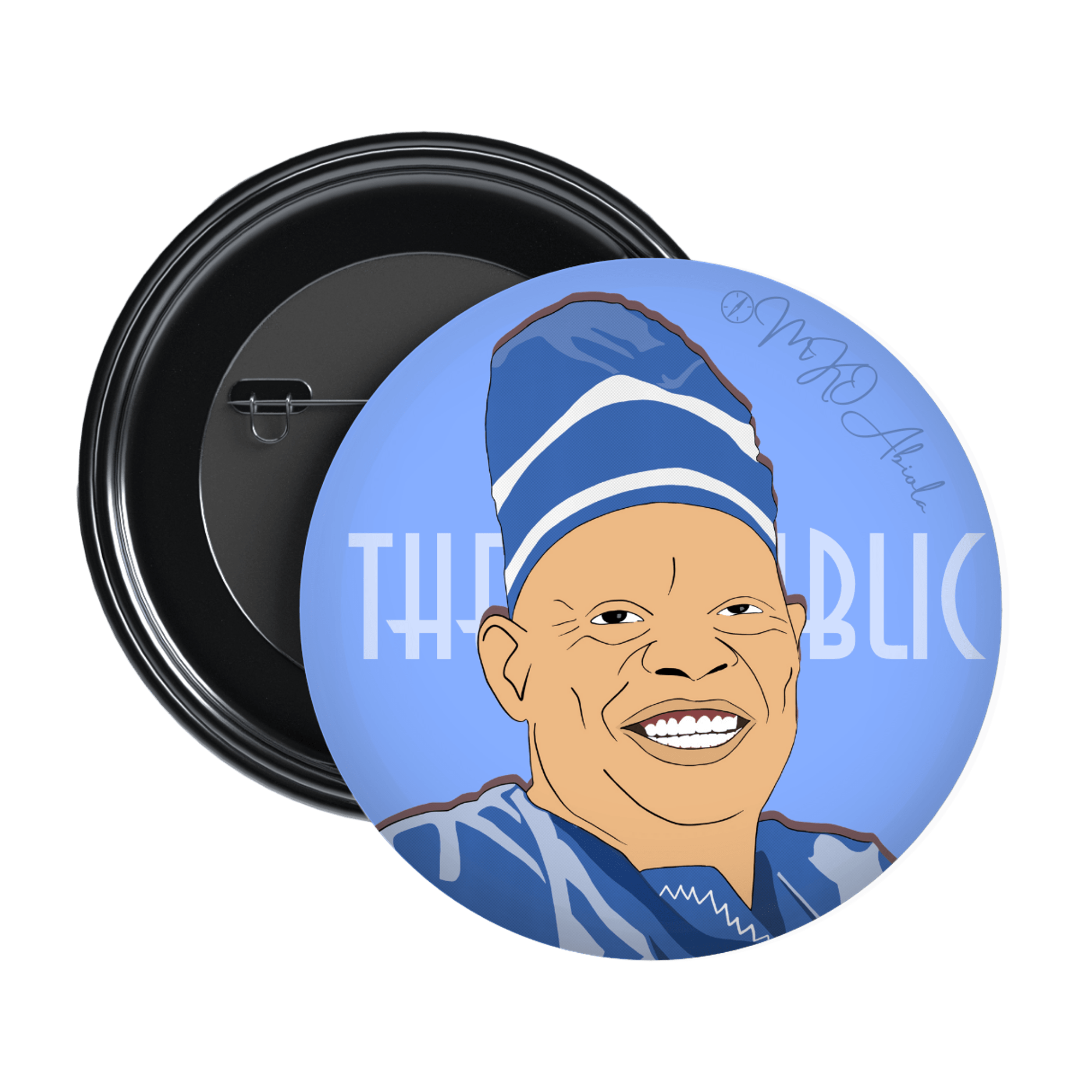THE MINISTRY OF WORLD AFFAIRS
A Sahel-less ECOWAS
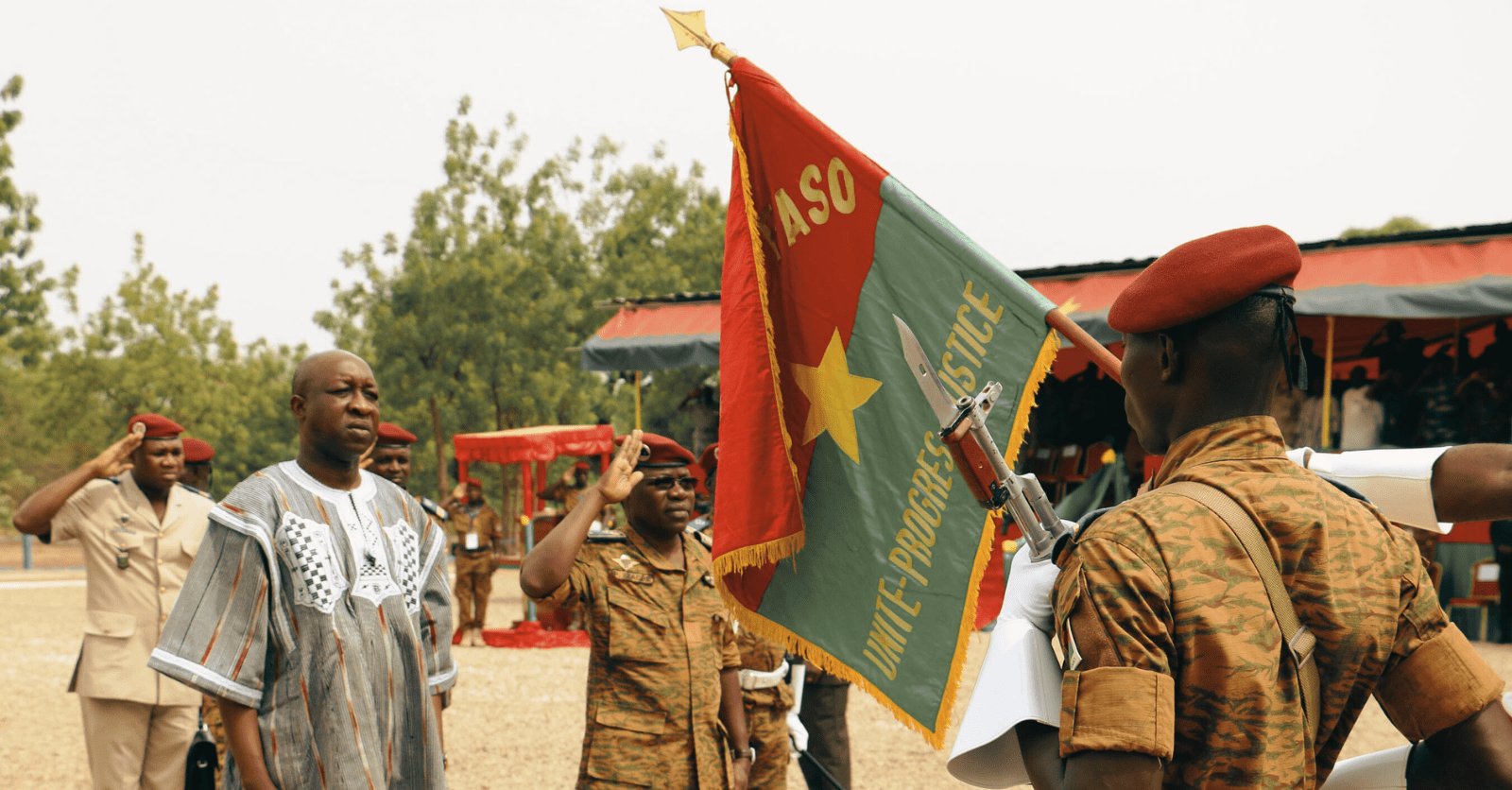
Western Accord Closing Ceremony, Camp Zagre, Burkina Faso, 2016. Sgt. Candace Mundt / FLICKR.
THE MINISTRY OF WORLD AFFAIRS
A Sahel-less ECOWAS
I n January 2024, a month after Burkina Faso, Mali and Niger exited the G5 Sahel, the three Sahel states also announced their intention to exit the Economic Community of West African States (ECOWAS). The decision to leave is in response to ECOWAS’s forceful opposition to military rule in these nations, reinforced by sanctions and economic blockades. The Sahel states accuse the regional body of betraying the ideals of pan-Africanism and being a stooge for neo-colonial interests. Commentators such as Azu Ishiekwene, editor-in-chief of Leadership newspaper in Nigeria, describe the situation as a mere ploy by the coup leaders to evade the consequences of mischief. However, this challenge to ECOWAS highlights a deeper geopolitical problem that has never been resolved; the geographical tensions of West African pan-Africanism from its beginnings till today.
Between the 19th century and the mid-20th century, many pan-Africanists, from Edward Blyden to Cheikh Anta Diop, held the belief that an external reversal of fortune or divergence characterized the modern world. By this, they meant that Africans were even materially (in terms of wealth and civilizational accomplishments) at par with, or even superior to the Europeans, but fortunes reversed with the Atlantic slave trade and colonial rule. This reversal and divergence then had to be counter-reversed first by gaining political independence (or collective action within a French Community) and then by pursuing economic modernization (along with a regional federation). The examination of thoughts and praxis of Kwame Nkrumah, Léopold Senghor, Félix Houphouët-Boigny and other nationalists have often been geared towards an external focus—the battle against colonialism and neo-colonialism in order to achieve counter-reversal of material fortunes.
However, among pan-Africanists and postcolonial scholars, for West Africa, what was neglected was an internal reversal of fortune and material divergence. The internal reversal refers to the argument that, on one hand, Western Sudan hosted the largest empires in West Africa including the Sokoto Caliphate, Ghana, Mali and Songhai; the bulk of urbanization, communications, agriculture, military, industry, and transportation technologies; the lucrative trans-Saharan trade routes, crafts industries and elite literacy in the pre-Atlantic period. On the other hand, the colonial and postcolonial eras have seen the same area being the poorest in West Africa.
Yet, pan-African scholarship has often contrasted the seeming relative unity of pan-African movements to the territorialization and ethnic chauvinism that accelerated with colonial powers’ capitulation to Africans by granting self-governance after the Second World War. For West Africa, this increased fragmentation of pan-Africanism, however, did not arise suddenly but was indeed always a latent feature.
TENSIONS SINCE NINETEENTH CENTURY PAN-AFRICANISM
Black Atlantic pan-Africanists and nationalists, in their visions for a wider spread of African nationalism in the West African sub-region, typically located capital cities in coastal states. Paul Cuffe, an African-American businessman and abolitionist envisioned Sierra Leone as the basis for black-led business ventures that would enable the economic uplifting of black people. The visions of a United States of Africa advocated by Hilary Teague—one-time Liberian Secretary of State—and others, or a Pan-African Empire, saw Liberia as its base. The American explorer, Martin Delany, saw Lagos as the base of a great African metropolis which would provide aid to the emancipation efforts of American blacks. And at the turn of the century, the Gold Coast Lawyer, Caseley Hayford, who would eventually found the National Congress of British West Africa in 1918, argued for an ‘Imperial West Africa, with federal Fanti and Ashanti as a basis’ and led by the Gold Coast and Ashanti because ‘their sons were richly endowed by Nature with the qualities of leadership and guidance’.
Many West African coastal and diasporic elites held attitudes towards the African hinterland that were indistinguishable from the Europeans who had been responsible for their training. Abbé Boilat—a catholic priest who was part of the Creole communities in Saint Louis and Gorée—believed that Africa had a rich ancient culture in classical times but, as historian Robert July restates, ‘only with the destructive and barbarous force of Islam did Africa fall into long ages of darkness, but she was once again to rise through the agency of her initial strength – the Christian church.’ J.J. Roberts, Liberia’s first president, was also committed to the superiority of Western education and strongly objected to Edward Blyden’s plan to teach Arabic at Liberia College. The first Dahomeyan nationalist, Louis Hunkanrin, who was exiled to Mauritania in 1923, characterized Mauritania as ‘uncivilized’ and expressed bias against Islam.
Moreover, while pan-Africanists take pride in Fourah Bay College (founded in 1827) and Liberia College (founded in 1862) as the oldest institutions of Western higher learning in West Africa, it is not often recalled that these were located in coastal capitals—Freetown and Monrovia, respectively. Until the 1950s entry to these institutions was largely restricted to members of the Creole community, which political scientist, Christopher Clapham notes, ‘provided them with an enormous superiority in the possession of professional skills.’
These tensions were also present abroad as coastal West Africans predominated the leadership and membership of the West African Students Union (WASU) (founded in 1925 in England) and the Fédération des étudiants d’Afrique noire en France (founded in 1950 in France). This is no surprise as, by 1953, the Northern Territories of the wealthiest British West African colony, the Gold Coast, had produced only one university graduate trained in Britain, Edmund Alhassan. For the French Soudan, which was the most economically advanced among the Sahel territories, under the French Third Republic (1870-1940) only three per cent of school-age children attended school and none was sent to France for advanced training. It was not until the 1950s that there were Sudanese studying abroad.
Dr. Herbert Bankole-Bright (a member of the National Congress of British West Africa) from Sierra Leone, was the initiator of the first meeting of West African students in London. Despite his pan-African credentials, in response to the prospect of Creoles being politically overpowered by the Sierra Leone protectorate peoples, Bankole-Bright proposed the secession of Freetown from the protectorate. Joseph B. Danquah, ex-president of WASU and a major actor in Gold Coast nationalist politics, although a sympathizer of Northern Gold Coastian causes, was fed up with the extent of Northern Ghanaian delay in accepting independence from colonial rule despite the northern elites’ insistence that economic development of their region needed to proceed. These tensions are also visible in the African press, which often was the locus of dissemination of nationalist and pan-African ideas.
Blind spots are observable in Adom Getachew’s account of the Black Atlantic tradition of ‘world-making after empire’. Getachew outlines how in 1943, Nnamdi Azikiwe had joined fellow African journalists as part of the West African Press Delegation in demanding that the provisions of the Atlantic Charter be extended to the colonies, signing a memorandum on postwar reconstruction which demanded various political and civil rights for colonized subjects and extensive social and economic reforms. Yet, this scuttles over the fact that this delegation from British West Africa (Nigeria, Ghana, Sierra Leone and Gambia) was dominated by coastal elites. Abubakar Imam, who was the only Saharan elite among the eight-member delegation, was the only member of the delegation who refused to sign the memorandum mainly because he believed that northern Nigeria had not reached the same level of development as southern Nigeria. Hollis Lynch praises Kingsley O. Mbadiwe’s 1942 book, British and Axis Aims in Africa, but Abubakar Imam, the editor of the first Northern Nigerian newspaper, recounts in his memoir, that some Northern Nigerians ‘were amazed at a Southerner being so rash as to make such statements about the North,’ as well as the fact that the book’s proposed distribution of government posts in an independent Nigeria completely left out the North. Mbadiwe himself, a southern Nigerian, had co-founded the African Students Association in the U.S. in 1941 alongside other coastal West African elites, partly stimulated by knowledge of WASU’s existence.
The spatial unevenness in the pan-African movement was also manifested in the fifth Pan-African congress of 1945 which was collaboratively organized by WASU and other pan-African organizations. The organization and operations of WASU were largely a coastal West African affair. In the view of Yusuf Hasan, Professor of African History, there was an exclusion ‘of North Africa and it seems that the role of African Muslims was limited from the outset’. The result is that most accounts of pan-Africanism uncritically have a focus on coastal West African elites, such as Nnamdi Azikiwe, Kwame Nkrumah, Félix Houphouët-Boigny, William Tubman, Sékou Touré, Leopold Senghor. Only one prominent pan-Africanist from the landlocked countries, Modibo Keïta of Mali, is often invoked.
shop the republic
TENSIONS IN LATE COLONIAL PAN-WEST AFRICAN RELATION
These spatial inequalities also played a role in fomenting centrifugal forces in West African international relations. In Upper Volta, the Moro Naba (paramount chief of the Mossi) used the economic argument of migrant labour and its devastation to the Voltaic economy and social fabric to further his requests made to the French for the reconstitution of the colony of Upper Volta and the realization of Mossi reunification. In Nigeria, one of the most powerful political elites, Sir Ahmadu Bello, premier of Northern Nigeria, co-founder of the Northern People’s Congress (NPC) and member of the Sokoto aristocracy, was not as staunch a pan-Africanist as Nnamdi Azikiwe or even Aminu Kano of the Northern Elements People’s Union. Bello looked towards connections with the wider Dar al-Islam, as exemplified by his pursuit of ties with countries such as Saudi Arabia. The argument has even been made that it was the alliance between Azikiwe’s party (National Council of Nigerian Citizens) and NPC that watered down President Nnamdi Azikiwe’s commitment to West African political unity by 1959. Ould Daddah Cheikh, leader of Mauritania, resisted demands among Black Mauritanians to join the pan-African Mali Federation between Senegal and French Soudan and demands among some Arab-Berber Mauritanians to unify with Morocco, and instead looked to the Arab world for its international orientation, eventually joining the Arab League.
That Sahelian West Africa may have been engaged in more ardent pan-Africanist efforts, had it been as penetrated by as many modern elites as the coastal territories were, is reflected in the fact that the most visible anti-conservative elements in these countries were indeed more pan-African. In Northern Nigeria, Aminu Kano and the Northern Elements People’s Union were indeed in favour of Kwame Nkrumah’s efforts towards an African Union. In Mauritania, more radical forces among Black Mauritanians wanted to join the pan-Africanist Mali Federation and radical forces among Arab-Berber Mauritanians sought to unify the country with Morocco. In Niger, Djibo Bakary, leader of the Sawaba party in Niger discussed a possible merger of Nigeria and Niger after both had gained independence, an idea that members of the NPC outright rejected when, following Niger’s independence, Bakary sought assistance from Nigeria to subvert Hamani Diori’s rule. Mali was the most modernized Sahelian territory and therefore had the most pan-African president among the Sahelian territories of French West Africa.
On the other hand, there were no significant radical forces in Upper Volta vying for regional federation mainly due to Mossi nationalism and the absence of deeper economic transformation to breed stronger radical movements. In addition, the country was sandwiched in-between two nations (Côte d’Ivoire and French Soudan) for which, under colonial rule, it served as the periphery and a source of cheap labour—a situation which contributed to the Mossi re-unification movement in the first place. Maurice Yaméogo, however, could make use of coastal rivalries within pan-Africanism to extract benefits. His flirtation with the Mali Federation from 1957 to 1959 was to balance against Upper Volta’s economic dependence on Côte d’Ivoire. It is also due to the perceived unfairness of the distribution of customs duties at Abidjan proposed by the Ivorian finance minister that Upper Volta turned to Ghana to improve its bargaining power in relation to both the Côte d’Ivoire and France.
shop the republic
Moreover, the greater economic and spatial precarity that the Sahel states experienced made them most subservient to neocolonial pressures to remain within the French community. This contributed to their decision to avoid following the path of Sékou Touré in choosing a ‘No’ vote in the 1958 referendum on whether to remain within the French Community. Burkina Faso was encouraged to vote ‘Yes’ partly because of its economic dependence on the Côte d’Ivoire, which required the colony to avoid offending Houphouët-Boigny. For Mali, despite its socialist orientation, it was partly because the colony was economically tied to Senegal, especially its heavy dependence on the Dakar-Niger railway, that it avoided alienating Senegal by voting ‘Yes’. Indeed, the landlocked states were more asymmetrically dependent on trade with coastal states, as between 1969 and 1973, Upper Volta, Mali and Niger had significantly higher shares of intra-African imports and exports than all other coastal states.
Not only did West African spatial inequalities reduce the intensity of pan-African sentiments within the Sahara, they also undermined efforts to put pan-Africanism into practice. The splitting of the Rassemblement Democratique Africain was, as the political scientists Thomas Hodgkin and Ruth Schachter recognized, ‘the most successful effort to construct a political organization on a trans-national basis in the whole of the African continent’. Côte d’Ivoire repeatedly expressed anti-federalist sentiments when it enjoyed a pre- and post-Second World War economic boom experienced a pre- and post-Second World War economic boom. It was, therefore, Félix Houphouët-Boigny’s discomfort with his country’s heavy financial burden in supporting poor A.O.F. neighbours that led him to advocate territorial autonomy within a federal French African community. Indeed, there was systematic opposition by Côte d’Ivoire to promote regional economic cooperation among members of the Conseil de l’Entente (comprised of Côte d’Ivoire, Upper Volta, Dahomey and Niger) or the broader Union douanière des Etats de l’Afrique de l’ouest throughout the 1960s, as it was opposed to the return of a federal government in French-speaking West Africa.
Within the Mali Federation, which was a last-ditch attempt to keep the vision of a united Francophone West Africa within the French Community alive, there was a perception that, by demanding the nationalization of all industries within the Federation, the Soudan had its eyes set on Senegal’s riches. This would have put the Senegalese industry into the hands of the unitary government dominated by French Soudan due to demographic preponderance. This contributed to the downfall of the Federation.
In fact, most of the major irredentist sentiments present in West Africa during the late colonial and early postcolonial periods may be connected to spatial inequalities and cleavages, including demands made by Mossi elites for Upper Ivory Coast, which had been joined to Côte d’Ivoire in 1932, to be returned to an independent territory by 1947; the separatist demands of the creoles of Freetown in the 1950s; the clamour among Tuareg elites in Northern Mali for a separate Saharan political unit under the aegis of the Commune des Regions Saharienne created in 1957 as well as the National Movement for the Liberation of Azawad in 2012; Northern Nigerian threats of secession in 1953 and Biafran secessionism that led to the civil war (1967-1970); the collapse of the Mali Federation in 1960; Biafran secessionism in Nigeria in the 1960s and 1970s; Hubert Maga’s threat of northern secession and Apithy’s threat of secession to Nigeria in 1970 in the case of Dahomey; the collapse of the Senegambian Confederation in 1989—which was Africa’s only post-independence political integration experiment; threats of northern secession by the northern rebels in 2003 during the First Ivoirian Civil War (2002-2007); and, to some extent, the withdrawal of Mauritania from ECOWAS in 2000.
shop the republic
COMMON BUT DIFFERENTIATED VULNERABILITIES
Spatial tensions within the Gulf of Guinea countries have spurred military coups, civil wars and intercommunal conflicts and contributed to poor developmental governance in Benin, Côte d’Ivoire, Ghana, Liberia, Nigeria, Sierra Leone and Togo. They have also contributed to rebellions, conflicts (the Senegal-Mauritania Conflict in 1989), wars (the 1975-1978 Mauritanian campaign in the Western Sahara), insurgencies and military coups in Mauritania, Mali and Burkina Faso. The Sahel states have faced more difficulties in dealing with and recovering from these, as they are among the poorest countries in the world—Niger, Mali and Burkina Faso rank among the ten countries in the world with the lowest Human Development Indicator scores. It was indeed a Sahel state, Burkina Faso experiencing economic and fiscal crisis, drought, and dependent on French aid for survival, which produced Thomas Sankara, West Africa’s most vocal pan-African national leader in the 1980s since the fall of Nkrumah.
All postcolonial Sahelian organizations created to deal with Sahelian problems seem to have failed. Economically, this includes the Inter-State Committee for Drought Control in the Sahel in 1973 which failed to foster a transformation of the Sahel in reaction to drought partly because of the absence of a benevolent coastal hegemon like Senegal was for the more successful Organization for the Development of the Senegal River Senegal, Mali, Mauritania (and later Guinea). In terms of security, the G5 Sahel has also been a failure in stemming the growth and diffusion of insecurity in the region.
There has implicitly been an application of ‘common but differentiated vulnerabilities’ in ECOWAS by the realization of the greater economic vulnerability of the Sahel countries. This informed the creation of the ECOWAS Fund for Cooperation, Compensation and Development (succeeded by the ECOWAS Bank for Investment and Development). The application of this principle in the political domain was never a necessity since the levels of political instability and military coups have been similar to, or even worse in, coastal countries compared to the Sahel countries. For instance, most of the civil wars in West Africa have been coastal (in Nigeria, Côte d’Ivoire, Liberia, Sierra Leone and Guinea-Bissau) and some of the countries with the highest military coup frequencies have also been coastal (such as Benin, Nigeria and Ghana). However, since 2012, instability in West Africa has increasingly been concentrated in the Sahel countries, as has been argued elsewhere, and the implications for coup vulnerability are obvious. This forces ECOWAS to consider extending the principle of common but differentiated vulnerabilities to the political domain. This may mean providing some concessions to countries facing extensive levels of insecurity when military coups occur⎈




